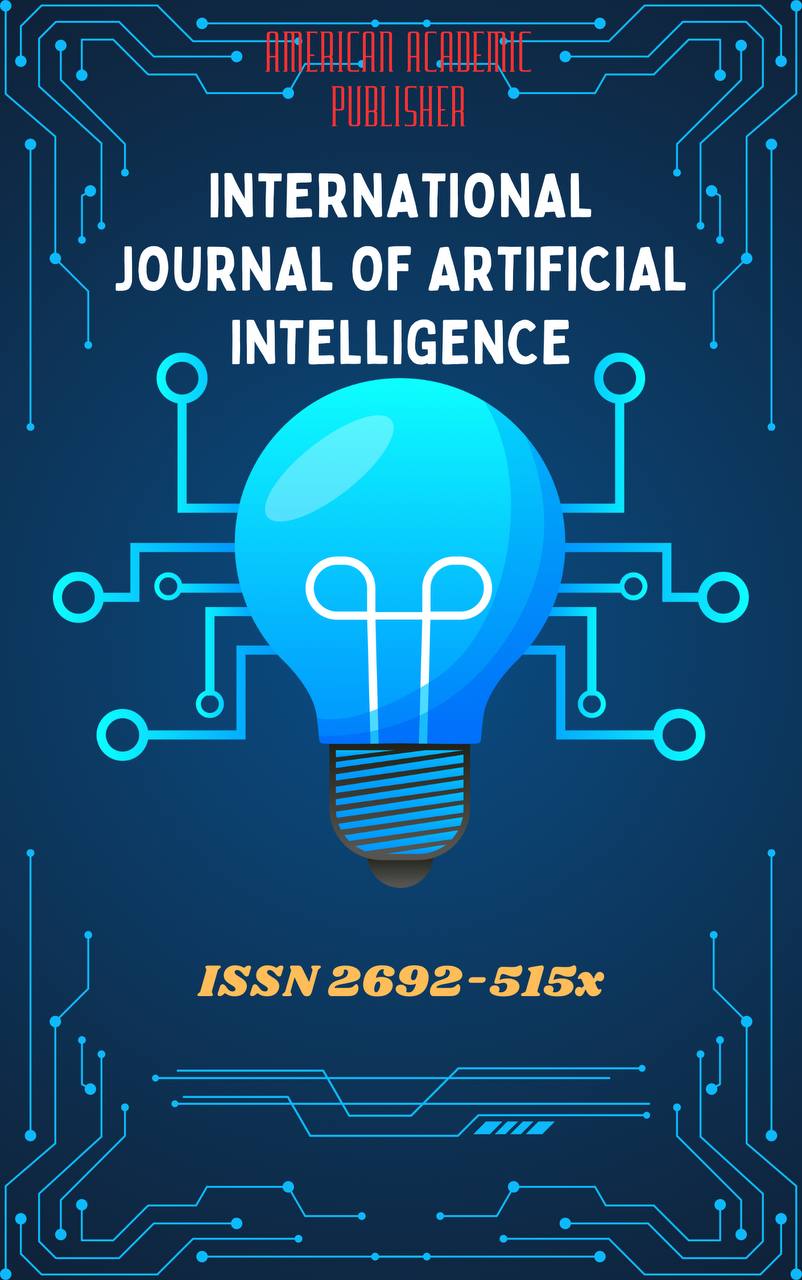 Articles
| Open Access |
Articles
| Open Access | PSYCHOLOGICAL AND TECHNICAL CHALLENGES OF AN ACTOR WORKING WITH THE CAMERA
Eldor Khushvaqtov , Uzbek state institute of arts and culture “Musical theatre art” department acting associate professorAbstract
This article examines the history of the development of Uzbek cinema and film acting, its unique features, and its alignment with the times. It discusses the art of film acting and its mastery, emphasizing the importance of an actor’s ability to express emotions and movements in front of the camera, as well as the significance of the “authority of the camera.” The article also specifically addresses K.S. Stanislavski’s acting method and its influence on cinema. Additionally, the article reflects on the actor’s preparation for a role, the importance of both internal and external preparation, and the necessity of possessing specific details and specialized knowledge related to the profession. The differences between theater and cinema, the process of working on a role, and the correctness of its execution are also explored in depth.
Keywords
Uzbek cinema, film acting, acting mastery, acting school, camera, emotions, movement, camera authority, K.S. Stanislavski, actor preparation, internal and external preparation, specialized knowledge, differences between theater and cinema, role, role performance
References
Muhammadiyev, S. (2024). YAXLIT SAHNAVIY ASAR SAHNALASHTIRISH ISHLARI. Oriental Art and Culture, 5(5), 264-267.
Mufti-zade, G. A. (2024). The Peculiarities of Symbols and Symbolism in Theatrical Art. JOURNAL OF INTELLECTUAL PRPERTY AND HUMAN RIGHTS, 3(11), 202-205.
Muftizade, G. A. Characteristics of Symbols and Artistic Images. European Journal of Humanities and Educational Advancements, 3(4), 175-177.
Muftizade, G. (2025). NATIONAL SYMBOLS ARE THE MAIN SOURCE OF POWER THAT PRESERVES NATIONAL AND AGE-OLD VALUES. International Journal of Artificial Intelligence, 1(3), 319-322.
Xushvaqtov, E. (2024). ZAMONAVIY SSENOGRAFIYA MAISHIY JANR IFODASI. Interpretation and researches, 2(21), 93-97.
Turg‘unboyev, F. (2024). AKTYORLIK MAHORATIDA XATTI-HARAKAT SHAKLLARI. Oriental Art and Culture, 5(5), 420-425.
Nusurov, I. (2025). MILLIY KLASSIK SPEKTAKLLARDA ZAMONAVIY TEXNOLOGIYALAR. Mahalliy va xalqaro konferensiyalar platformasi, (2), 503-511.
Usnatov, R. (2025). ISHKI KESHIRMELER KӨRKEM ӨNERI HAQQINDA TҮSINIK. Mahalliy va xalqaro konferensiyalar platformasi, (2), 195-201.
Farmonov, F. (2024). HINDISTON MUMTOZ MUSIQASINING SHARQ MAMLAKATIDA SHAKLLANISH BOSQICHLARI. Oriental Art and Culture, 5(5), 216-218.
Xusanov, B. (2025). MUSIQALI TEATR SAN’ATIDA BADIIY YAXLITLIK MASALASI. Mahalliy va xalqaro konferensiyalar platformasi, (2), 539-544.
Xushvaqtov, E. (2024). ZAMONAVIY SSENOGRAFIYA MAISHIY JANR IFODASI. Interpretation and researches, 2(21), 93-97.
Yorbekov, E. (2023). G‘AZAL IJROSI MUAMMOLARI. Oriental Art and Culture, 4(1), 698-703.
Nematovich, A. O., & О‘G‘Li, Q. O. A. (2024). MAHALLIY CHANG USHLAGICHLARNING TURLARI HAMDA ULARNING TAHLILI. Science and innovation, 3(Special Issue 52), 279-283.
Rasulov, U. (2024). MUSIQALI DRAMADA DRAMATURG, BASTAKOR VA REJISSYOR IJODIY HAMKORLIGI: ULAR IJODIDA MAVZU VA JANRNING MUTANOSIBLIGI MASALASI. Oriental Art and Culture, 5(5), 572-577.
Article Statistics
Downloads
Copyright License

This work is licensed under a Creative Commons Attribution 4.0 International License.

